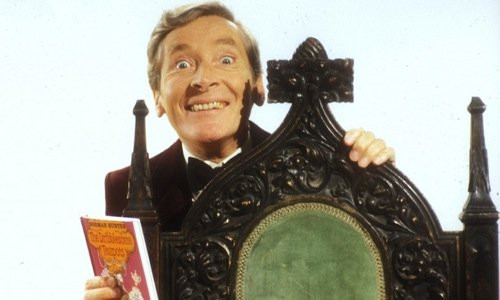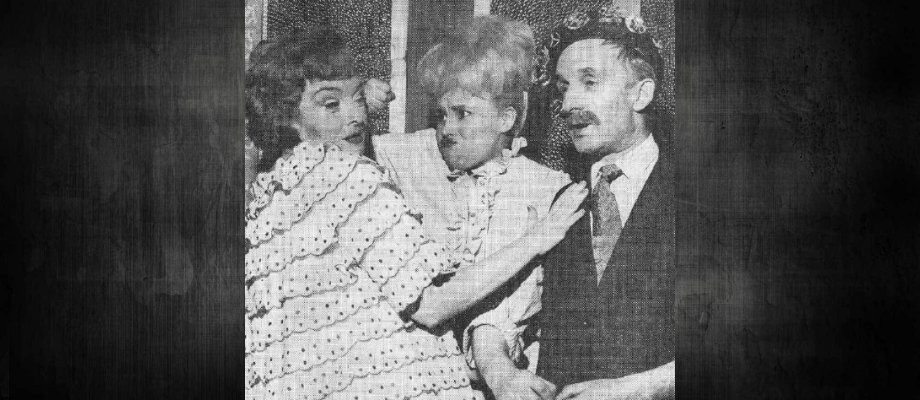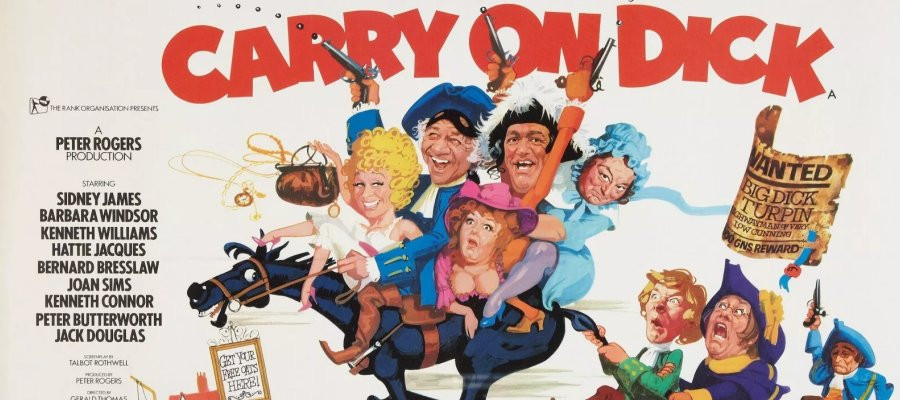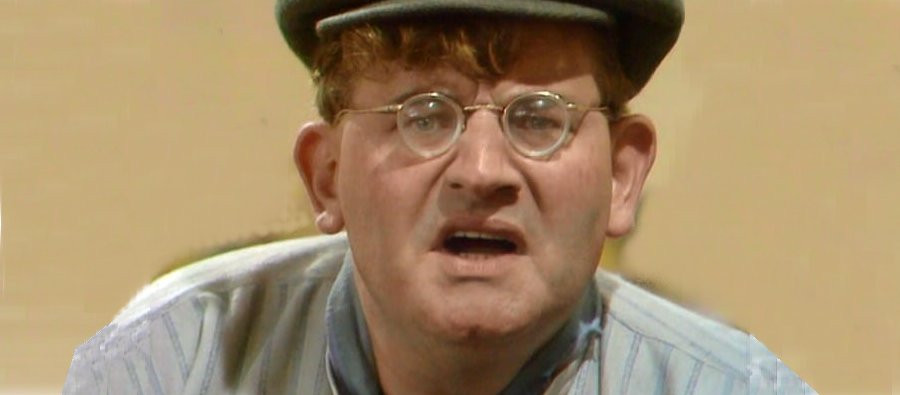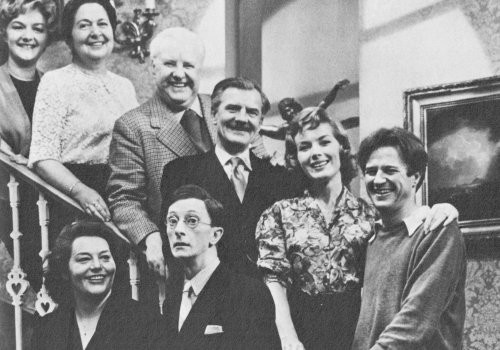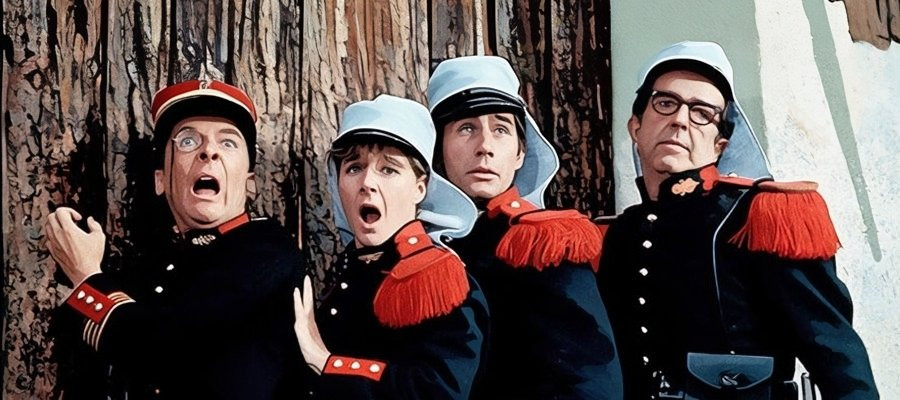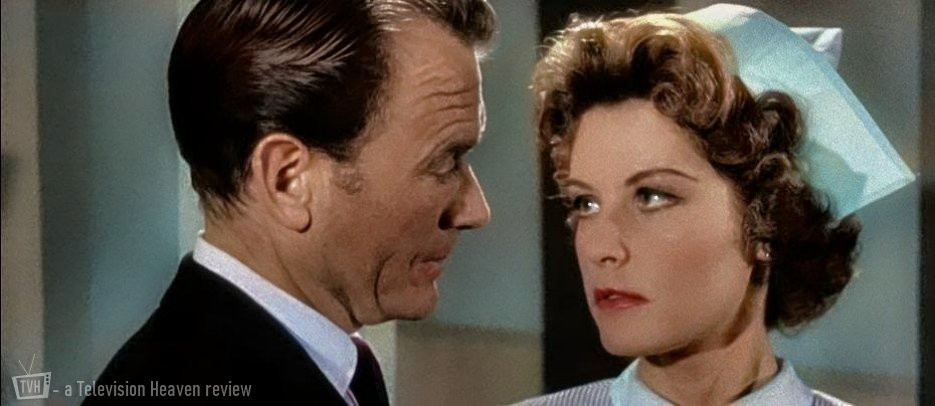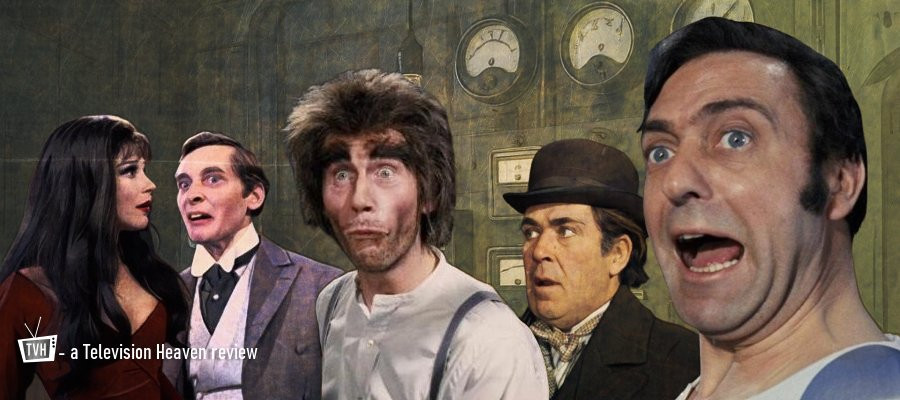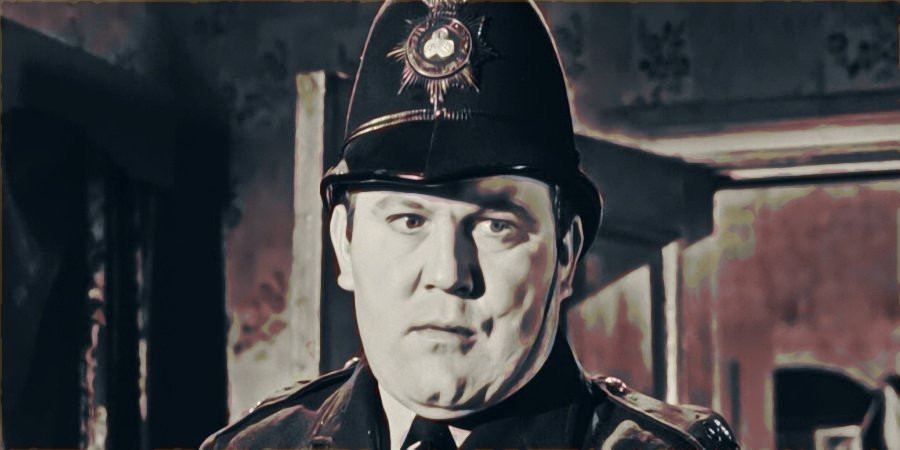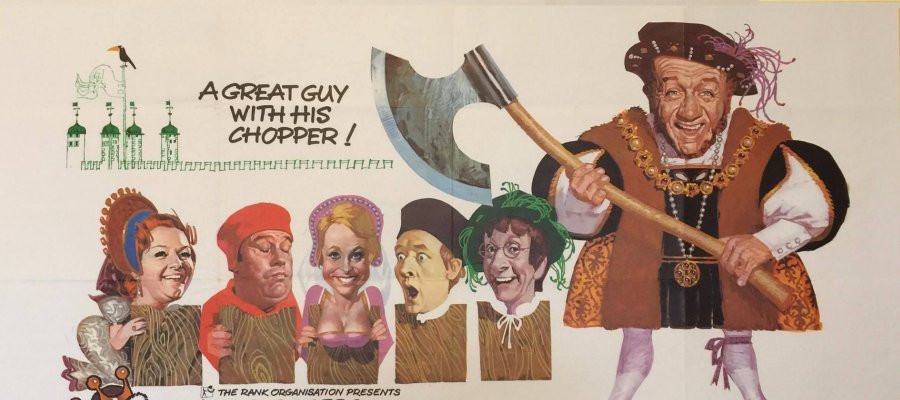
Carry On Henry
Review: JWR
There was no topping Carry On Up the Khyber, so it is no insult, just a fact, to say that decline of the franchise set in almost immediately afterwards. The next half dozen or so Carry On films were of variable quality, to put it mildly, before Carry On Henry returned to the satire of the historical "epic" genre that had produced several of the most memorable entries in the series and thereby delivered at least a partial return to form. Yet while Carry On Henry might be called the last great Carry On it also marks the definite end of what might be termed the "Golden Age" of the franchise.
It is in itself not the greatest Carry On. Despite the profitability of the series, the restraints on the never generous budgets had got even tighter after the relative extravagance of Carry On Up the Khyber. There seems to have been a deliberate and fairly strict policy in its aftermath of bringing them in at just over two hundred thousand each. This policy was applied to Carry On Henry as it was to its immediate predecessors in spite of the previous understanding that historical projects were bound to cost more. As a result Carry On Henry looks relatively cheap and studio based, with relatively few actors, no big action set pieces, and little in the way of location work when compared with some of the earlier historically themed Carry On films.
This was a particular problem because its whole purpose was to serve as a parody of then recent Tudor themed projects including The Six Wives of Henry VIII and Anne of the Thousand Days, which had equated the period with sumptuous styles, stately homes, and beautiful landscapes.
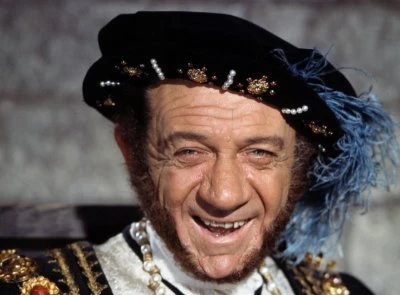
The production did achieve some of the required effect by reusing costumes from Anne of the Thousand Days. This marks the second occasion on which Sid James wore Richard Burton's hand-me-downs, the other being Carry On Cleo, which recycled costumes and sets left over at Pinewood, the Carry On headquarters, from the Taylor-Burton Cleopatra. Of course, it is possible that this was done to make a satirical point, but, from all we know about Carry On, it was more likely to have been done to save money.
Yet the last great Talbot Rothwell script more than makes up for the questionable production values, not least in its central conceit: the complicated religious conflicts of the Tudor period are satirised by reducing them to an argument about seasoning.
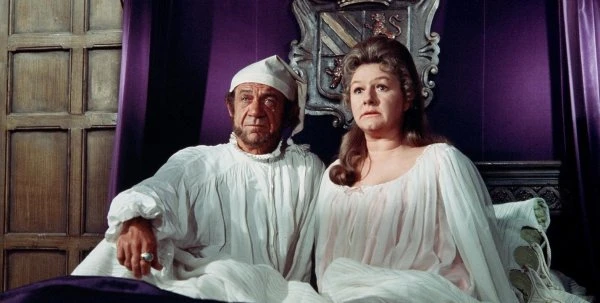
Sid James is Sid James as Henry VIII, thus making him far more likeable than the historical Henry probably deserves. Joan Sims is his fictional third (and a half) wife, Marie of Normandy, who has more than a hint of Anne of Cleves about her. Kenneth Williams and Terry Scott play Thomas Cromwell and Thomas Wosley respectively as a pair of unscrupulous, self serving rogues. This is not entirely fair: while both their historical counterparts were as ruthless and avaricious as it was necessary for a statesman to be in the time of Machiavelli, they were also Henry's undeservedly loyal and very efficient servants. Moreover, it is inaccurate to portray them as bickering rivals when Cardinal Wolsey was actually the younger Cromwell's patron and mentor (see Wolf Hall for a more accurate portrait of their friendship).
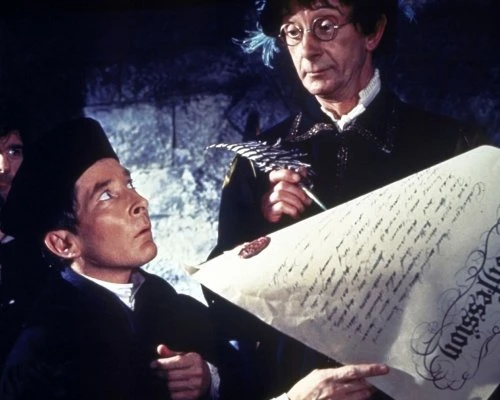
Charles Hawtrey is Sir Roger de Lodgerley, the King's personal Equerry, whose name sums up his function in the story. He is actually an amalgam of several junior courtiers whose fates were not at all amusing after being accused, probably falsely, of overfamiliarity with two of Henry's Queens. Peter Butterworth appears surprisingly briefly and un-billed as the Earl of Bristol, who just happens to have a pair of daughters - insert obvious joke here-because the script does. One of them is Barbara Windsor, in her first "historical" Carry On, not that this alters her usual persona and performance in the slightest. Predictably she is the one who catches King Sid's ...sorry, King Henry's eye.

Kenneth Connor is Lord Hampton of Wick, leader of a clique of perpetual plotters, including an anachronistic Guy Fawkes, played by Bill Maynard (Oh No It's Selwyn Froggitt, The Gaffer), or perhaps an ancestor of the more famous Fawkes who shares his obsession with gunpowder.
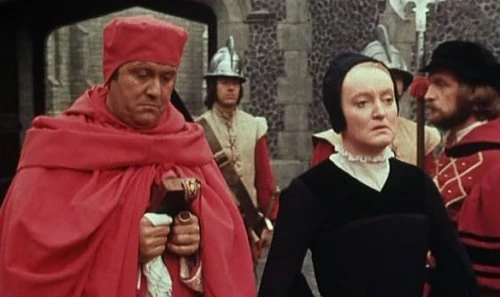
Pasty Rowland, given a rare opportunity to play a dignified role, is unrecognisable at first glance as Sid/Henry's soon-to-be ex-wife ("ex" in this case meaning executed). Peter Gilmore enjoys himself with a silly accent as King Francis of France - no joke: the French King whom Henry met on the Field of the Cloth of Gold was indeed Francis the First. Julian Orchard is his Ambassador, the Duc de Poncenay. The other Julian, Julian Holloway, resumes his post from Carry On Up the Khyber as Sid's ADC.
The criminally undervalued Leone Greene (A Funny Thing Happened on the Way To The Forum, The Devil Rides Out) is distinguished casting in the relatively small role of a Torturer, but is overshadowed, both literally and later professionally, by his fellow Torturer Dave Prowse (Star Wars). Frequent Carry On supporting player Gertan Klauber represents the whole French Army. Interestingly his character is given the name Bidet, implying he is an ancestor of the one played previously by Peter Butterworth in Carry On Don't Lose Your Head. Margaret Nolan is a buxom lass - and in this project she plays a "Buxom Lass," according to IMDb. William Mervyn appears as a Physician cheekily named Dr Finlay, referencing Dr Finlay's Casebook, the television show entering its final season as Carry On Henry was being made.
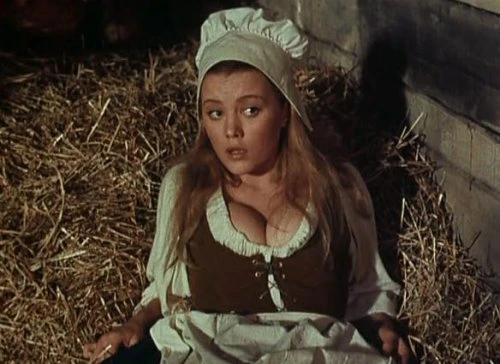
There are a number of fun aspects to Carry On Henry, but it never really rises above its rather grim premise. The best comedies are usually based on a solid dramatic structure, and the main plots of, say, Carry On Don't Lose Your Head and Carry On Up the Khyber, work as adventure stories in their own right. This is not true of Carry On Henry. Above all, we do not know with whom we are meant to be sympathising. Sid always has a certain rough charm but we cannot get over the fact that he is a wife murdering lecher. Taking their tone from the top all the other characters are simply out for themselves in different ways. The most agreeable is, of course, Barbara's Bristol girl, but she turns up relatively late in proceedings and there is nothing heroic about her. What the film misses most is a Jim Dale character to give it some emotional heart.
As it is we do not care if Henry finds happiness with his latest wife or if any of the other characters achieve their various selfish objectives. Without that care for the characters, and about what happens to them, there is no investment in the film. There are some laughs, but overall it is a cold experience right up to the somewhat shocking final scene.
This is not to say that Carry On Henry is a bad film. On the contrary, it is often very entertaining. However, it has a formulaic feel to it, as if the team knew by now how to get laughs and were rather going through the motions. In the process they forgot that the secret of the success of Carry On was that it was not just about the laughs. It was also about the people, and the people in Carry On Henry lack the humanity of the characters that made the previous films so beloved.
Published on June 4th, 2025. Written by John Winterson Richards for Television Heaven.


